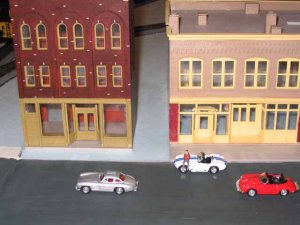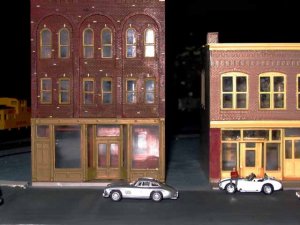Watch Out For Ca !!
Guys, thanks all for your responses regarding the CA situation.

I have to say, this is really frustrating! If this, in fact, is the case, that the CA glue fumes interact with the styrene, then you really need to keep it in the open air -- don't put the pieces you have been working on in an enclosed area.

I have now seen first hand how just the CA near the plastic coverings for windows can cause this frosting/chaulking effect. I used some CA (Zap-a-Gap CA+) on some side walls near the windows, and next thing I see, they are fogging up with a chaulk like residue.

I am really interested to know if this is a known phenomenon so if anyone else has seen this please advise!
Thanks also for the suggestions on the type of glue you guys are using. I guess we went for the quick weld scenario -- once again, quick is not always good!

We've used this stuff with many other modeling scenarios in the past, but now that I think about it, none of them had any sort of enclosure (ie, building with front, back, and sides) or glass (plastic windows inside said enclosure), so maybe we just didn't come across it.
All you experienced modelers out there -- ever seen this??






